What kind of auntie takes her school-aged niece (who she hasn’t seen in a long time) to the British Schools Museum for an outing, on a day when the said niece doesn’t have to go to school? I do!! And I make no apologies for it!! I enjoyed it (bit of a ‘busman’s holiday’!), she enjoyed it and so did Grandma – a great afternoon out that suited three generations.
| The monitorial schoolroom |
From there, you walk up a slope, which would have originally been cobbled, but which is now tarmacked, to the Boys’ School. In here, you can see the only surviving example of a ‘monitorial schoolroom’ anywhere in the world. The monitorial system of education was developed by Joseph Lancaster, a Quaker from London who believed that all children had a right to learn, as a way of teaching large numbers of pupils very cheaply. 300 boys of all abilities would have been taught in this one room. Desks and benches filled the centre of the room and lesson boards were hung around the walls. The keen children were taught by the Master, both before and after normal school hours. These pupils became ‘Monitors’ who proudly wore badges giving them the responsibility to teach small groups of other children. These lessons took place in front of the lesson boards. The pupils then returned to their desks and wrote what they had learned on slates. Younger children would practise writing with their fingers in sand trays. Today, in this room, visitors can practise writing on slates or in sand and can play with the toys in the recreation corner. They can also experience Victorian reprimands by wearing a dunce’s cap or having a label hung around their neck with ‘Unwashed hands’ or ‘Too much talking’, for example!!
| Grandma & Grace practising their handwriting |
In the galleried classroom, which was built in 1853 for 110 boys, modern day visitors can experience what it was like to be a pupil in Victorian days. Originally, this classroom had no desks – boys simply sat on the floor on a series of steps so that every one of them could be seen by the teacher. Desks were added in around 1880 and it is at these that visitors to the museum can sit and practise their handwriting using authentic quill pens and ink pots. There is a volunteer dressed as a Victorian teacher on hand to dole out suitable praise or punishment for work submitted. My Mum was admonished for ‘blotting her copybook’ – quite literally, whilst my niece was praised for her efforts, but requested a caning anyway!!
| The 1905 – 1939 classroom |
There are two further classrooms, one of which depicts school life 1905 – 1939 and the other the period 1940 – 1969. These rooms are full of objects from the times and certainly led to a lot of stories being told by my Mum and myself as we explained their significance to my niece.
Join our mailing list

Sign up to receive our monthly newsletter. Keep up with what we're doing and be the first to receive special offers and insider tips.




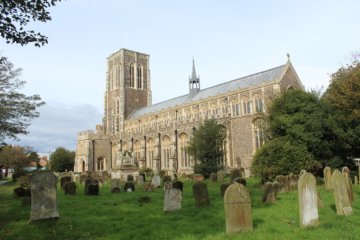
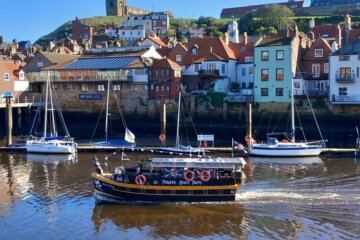



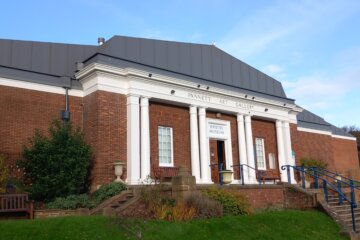

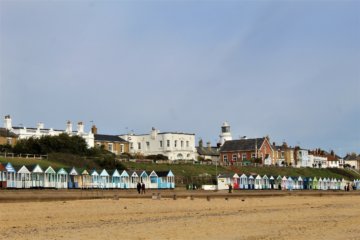
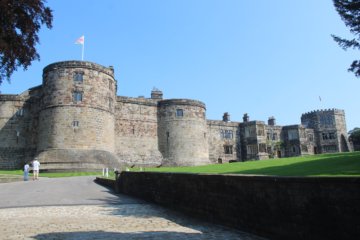
I found your blog quite interesting and the concern in the blog is really impressive.I always prefer to read the quality content and this thing I found in your post. Thanks for sharing.
Floor sanding || Floor sanding Hertfordshire || Wood flooring